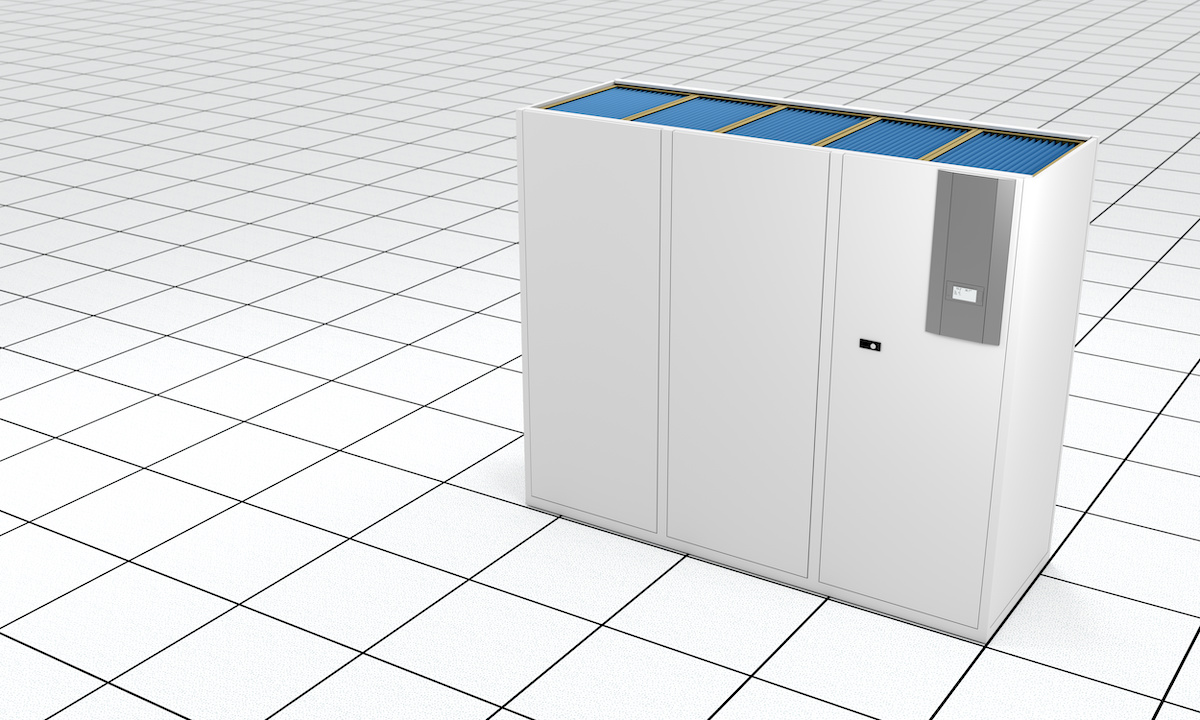[VIDEO] Are You Overcooling Your Data Center?11 min read

Before you answer that question with an emphatic “No,” let’s clarify what we’re asking here. While it’s likely that your data center is adequately cooled, in the sense that each server’s inlet temperature is within ASHRAE guidelines, it’s possible that you have much more cooling capacity than you actually need.
Think about it this way, given that 1 ton of cooling mitigates roughly 3.5 kW of heat (power) in the data center, and you have an IT load of 125 kW, then the required cooling is about 36 tons (125/3.5). It’s likely then that you’re actual cooling capacity is at least double that, for redundancy. This is a very important point. We in the data center industry plan for failure and will have redundancy of N+1, N+2, and so on. We can’t tell you what is right or what is best, every data center has to make their own decision on this, but we can perhaps get you to look at it a little bit differently.
Using the same example as above, let’s say you have 148 tons of actual cooling and are planning for N+2 redundancy. Well, that means you have about 40 tons of extra cooling (148-108). Is that what you planned for?
For more information on cooling capacity, check out our recent webinar titled, Can Your Data Center Become Energy Efficient?, presented by Kevin Kent of The Ohio State University Wexner Medical Center. This webinar is part of our 4th Annual Airflow Management Awareness Month webinar series.
Airflow Management Awareness Month 2019
Did you miss this year’s live webinars? Watch them on-demand now!
1 Comment
Submit a Comment
Airflow Management Awareness Month 2019
Did you miss this year’s live webinars? Watch them on-demand now!
I think the most relevant point is the ability to ‘team’ the units together so that all the units now deliver the amount needed by the current load.
The basis of design, for most data centers I would argue, is the ‘potential’ cooling load as opposed to actual load.
That is, we have to plan for ‘full load build out’ based on electrical capacity being provided. In most data centers, actual load is probably not going to be close to potential load. (Compute equipment efficiencies keep driving KW needs down as newer equipment gets deployed.
As data center professionals, we have to balance the current needs against the life time of the data hall or data center to ensure we can meet the change needs over time. Sometimes they may go up, sometimes down. Having equipment that is ‘intelligent’ and can provide data over time and make adjustments as the load changes is the area we can provide value.
I agree with Mr. Kent that having the data and understanding what our actual cooling needs are is something we should all be aware of.